It is often stated ‘a picture is worth a thousand words’, and such sentiments have certainly rung true for Adelaide United fans during the 2010-11 Hyundai A-League season.
The Reds rise to the A-league finals series has been captured on a weekly basis by the unsung heroes working behind the lens.
Sports photographers usually work for newspapers, major wire agencies or dedicated sports magazines and they all strive to capture that moment in one single frame. Capturing fast on field action usually requires a fast telephoto lens with exceptional auto focus.
Sports photography is certainly an art form and judging depth perception, lighting and angles are just a few of the obstacles confronted at Hindmarsh Stadium. At each Reds home game a band of distinguished photographers lug their expensive equipment (in excess of $20,000 worth) into Hindmarsh Stadium to capture the on field emotion and action for football pundits young and old alike.
The initial influx of photographers arrive at the Stadium one hour before kick-off and swap their match day accreditation for a green or blue bib and a bottle of water. Prior to kickoff some of the photographers venture out to the hallowed Hindmarsh pitch to set up, while others log onto their lap tops, in readiness for sending images at half and full time.
The immediacy of news puts increased pressure on photographers to snap, upload and send at breakneck speed. Photographers are designated to certain areas, notably behind the goals at either end of the ground. There is a busyness just outside the players- tunnel as photographers eagerly await to snap the teams as they enter the field, before the photography contingent disperses towards either end of the ground for the commencement of the match.
Football is a highly exciting spectacle and the free flowing nature of the match, mixed with the dimming light at night, requires complete focus from the men and women behind the lens. While a momentary lapse in concentration can be devastating, choosing the wrong end of the ground can be just as frustrating.
More often than not the photographers head towards Adelaide United-s scoring end in the opening half, although some choose to utilise other spots around the stadium. The concept of taking photos and securing that ‘money shot- might sound easy enough, but it can certainly be a challenge for the experts of the trade.
“With the 6:30 pm games you have the glare from the sun and the players are in shadow there is too much of a contrast,” outlined Morne de Klerk, who has been taking photos at Adelaide United games for a number of seasons.
“Taking pictures up high gives you a cleaner background and a neater picture.”
As the action intensifies on the pitch, the photographers eye is firmly pressed against the view finder, as they track the on field theatre with steely resolve hoping to capture that game breaking moment. While insignificant photos are quickly discarded to the ‘trash can-, bone jarring tackles, scintillating solo runs, lunging saves and breath taking individual feats are stored for sending.
“I enjoy sports photography because it’s about capturing the spontaneous moment,” de Klerk said.
As the clock reaches half time, the patriotic Adelaide supporters analyse the first half, while the inconspicuous photographers grasp their precious equipment and head back indoors to upload. Memory cards are quickly injected into laptops from the cameras and the eye catching photos are sent to the designated sources for immediate usage.
The process begins again in the second half, before the frenetic finale leaves the supporters and players charging with energy or wallowing with despair. Whatever the case, the photographers are there to capture the emotions on the sidelines, as players and spectators unite in despondency or ecstasy.
“Photography is a forgotten part of the event. You look at pictures in the newspaper and think ‘wow that’s a good picture,” de Klerk said.
“You don’t say wow that must be a good photographer…we are a little bit forgotten sometimes.”
Generally it takes at least one hour after the match for the final influx of photos to be sent. The newspaper editors are notified of the impending pictures, and the final few photographers finally vacate the arena as unsung heroes ready to capture the next game of the Hyundai A-league season.




